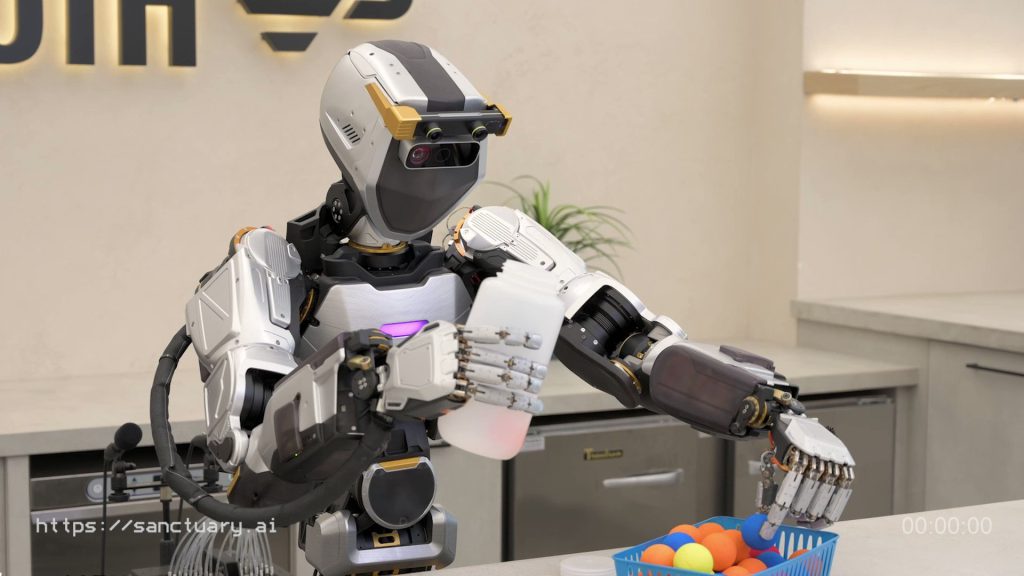Is there a secret to longevity? This health expert says 1,000% yes
In the era of social media, post-COVID, and with mental health at the forefront, a shift is taking […]

Sanctuary AI, a company based in Vancouver, is working on the development of a humanoid robot called Phoenix. When completed, this robot will possess the ability to understand our desires, comprehend the functioning of the world, and execute our commands.
According to its CEO, the long-term total addressable market is the largest one that has ever existed in the history of business and technology – the labour market. It encompasses all the tasks we want to be accomplished. However, there is still a long journey ahead from where we stand today.
The company refrains from providing a specific timeframe for when we might expect robots to be in our homes, assisting with chores like laundry or cleaning bathrooms. Nevertheless, others in the field suggest that it could become a reality within the next ten years.
Numerous other companies worldwide are actively working on similar technology. For instance, in the UK, Dyson is investing in AI and robotics geared towards household tasks. One of the most high-profile companies in this market is Tesla, led by Elon Musk, which is developing the Optimus humanoid robot. Musk mentioned the possibility of it being available to the public within a few years. According to Geordie Rose, Sanctuar AI’s CEO, “Ten years, given the current pace of technological advancement, is an eternity. Every month, there are ground-breaking developments in the AI realm that bring about fundamental changes.”
However, creating the AI necessary for robots to complete practical tasks presents a distinct and more challenging endeavour compared to models like ChatGPT. Humanoid robots must navigate the physical world and understand the relationships between objects within it. Tasks that humans find simple can be major feats for humanoid robots. For example, Sanctuary’s robot Phoenix faced significant challenges in packing clothes into plastic bags during a trial project.
To overcome these challenges, Sanctuary employs a system to train Phoenix on specific tasks, such as bag packing. They record the task being performed, digitize the entire process, and use the data to create a virtual environment that simulates real-world physics, including gravity and resistance. The AI then practices the task in this virtual environment, with millions of attempts, before attempting it in the physical world. Using this method, Phoenix has been trained for about 20 different roles.
Despite the progress made, significant work remains to build a robot capable of handling the various events that can occur in a home or in a workplace. Currently, putting a robot in an unstructured environment and expecting it to navigate without causing damage is a monumental challenge. Humans have an intuitive understanding of context and consequences, something difficult to replicate in robots. Nevertheless, if these challenges can be overcome, humanoid robots could eventually start taking on tasks currently performed by humans, particularly in countries facing labour shortages.
Inevitably, there will be robots performing jobs previously done by humans. This transition will come with its challenges, but it can free up human capacity to focus on tasks that machines are not best suited for, ultimately leading to a more efficient division of labour.

In the era of social media, post-COVID, and with mental health at the forefront, a shift is taking […]

With its fast speeds and revolutionary potential, 5G stands out as a noteworthy milestone in the field of […]